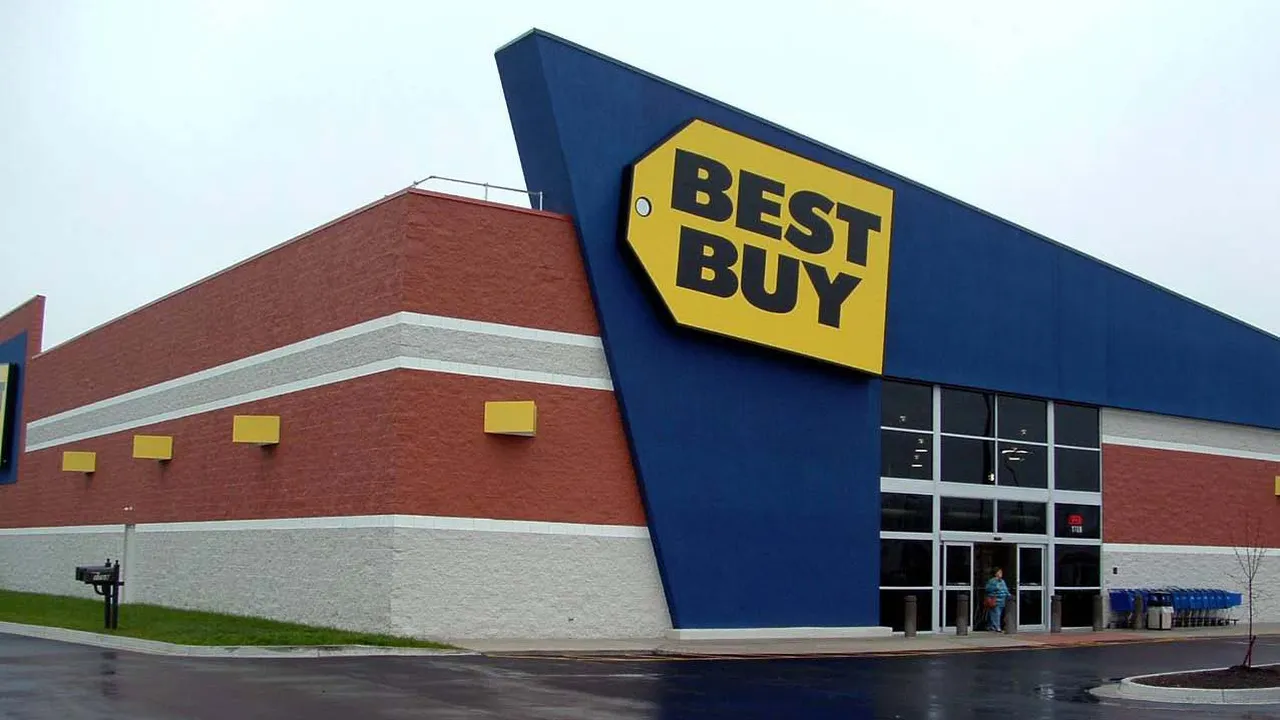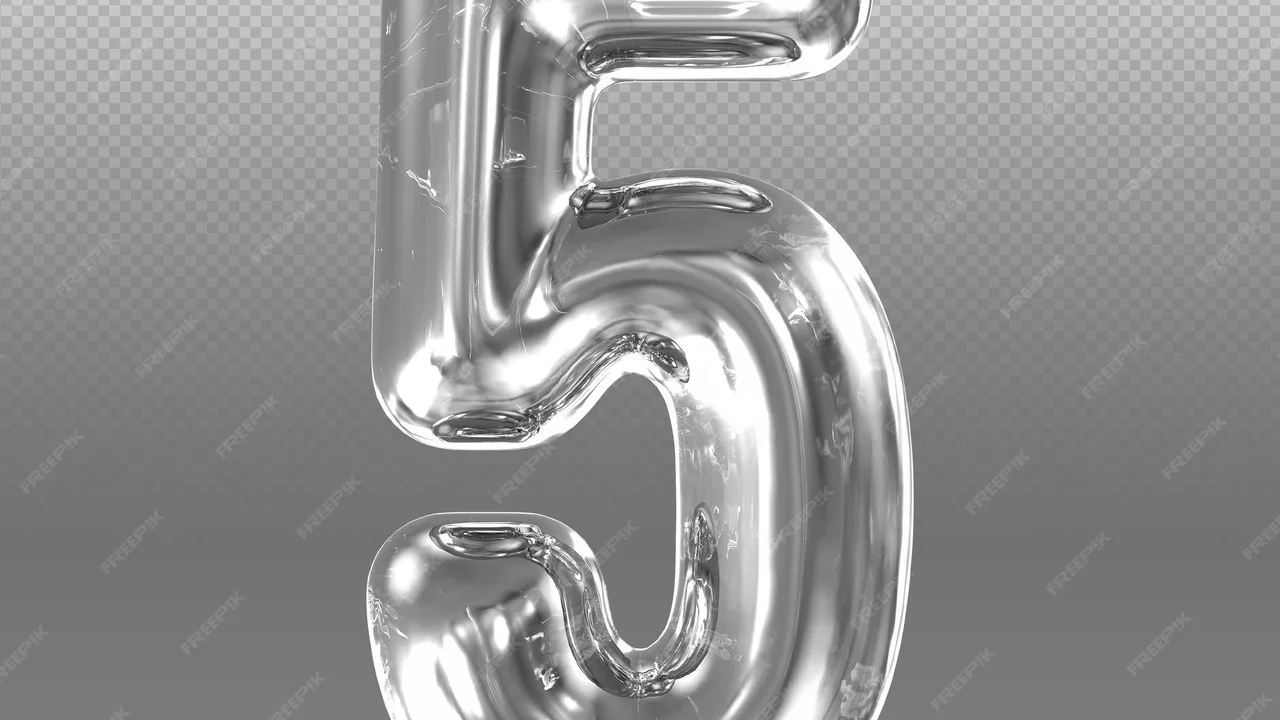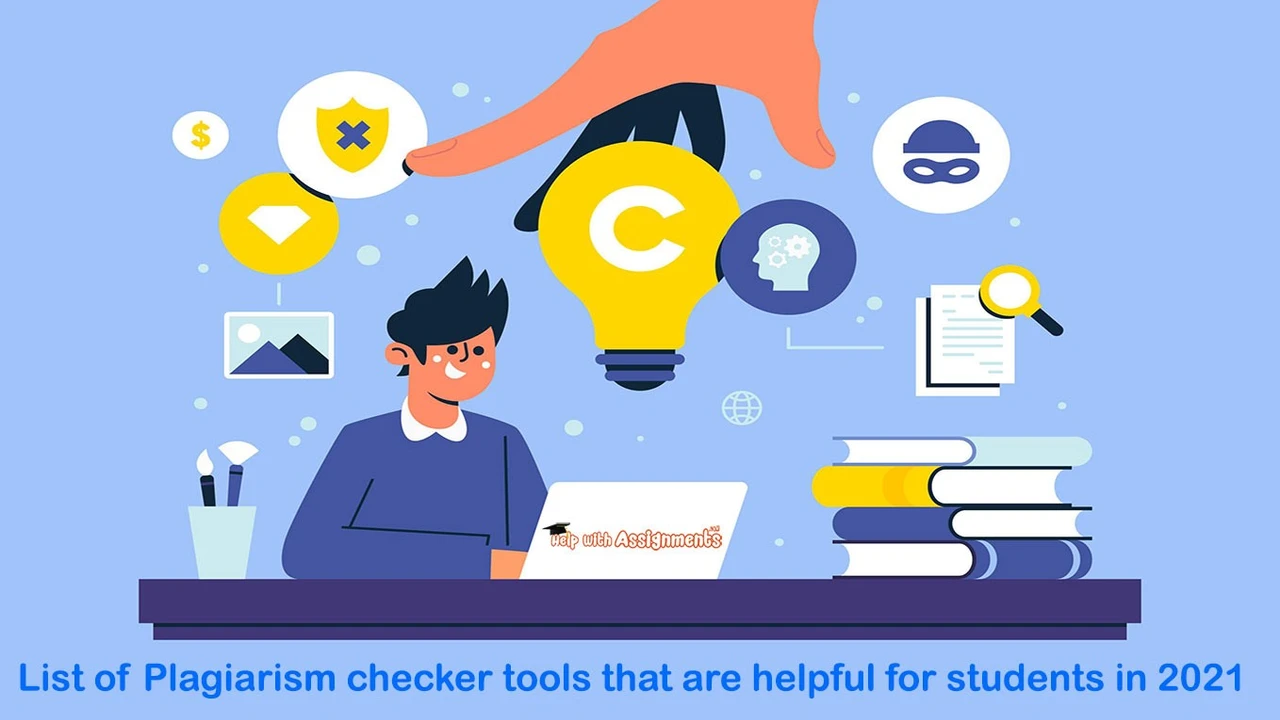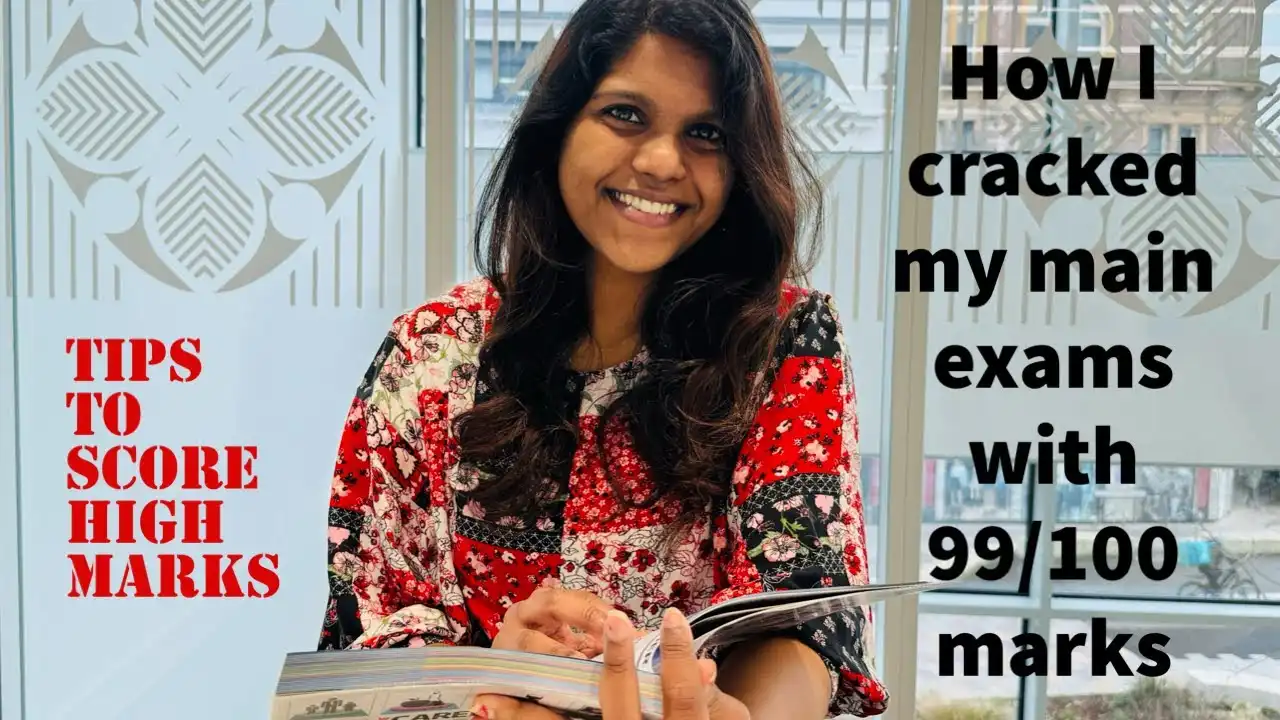Best Practices for Following Up After a Job Interview
Leave a lasting impression with best practices for following up after a job interview. Reinforce your interest and professionalism.
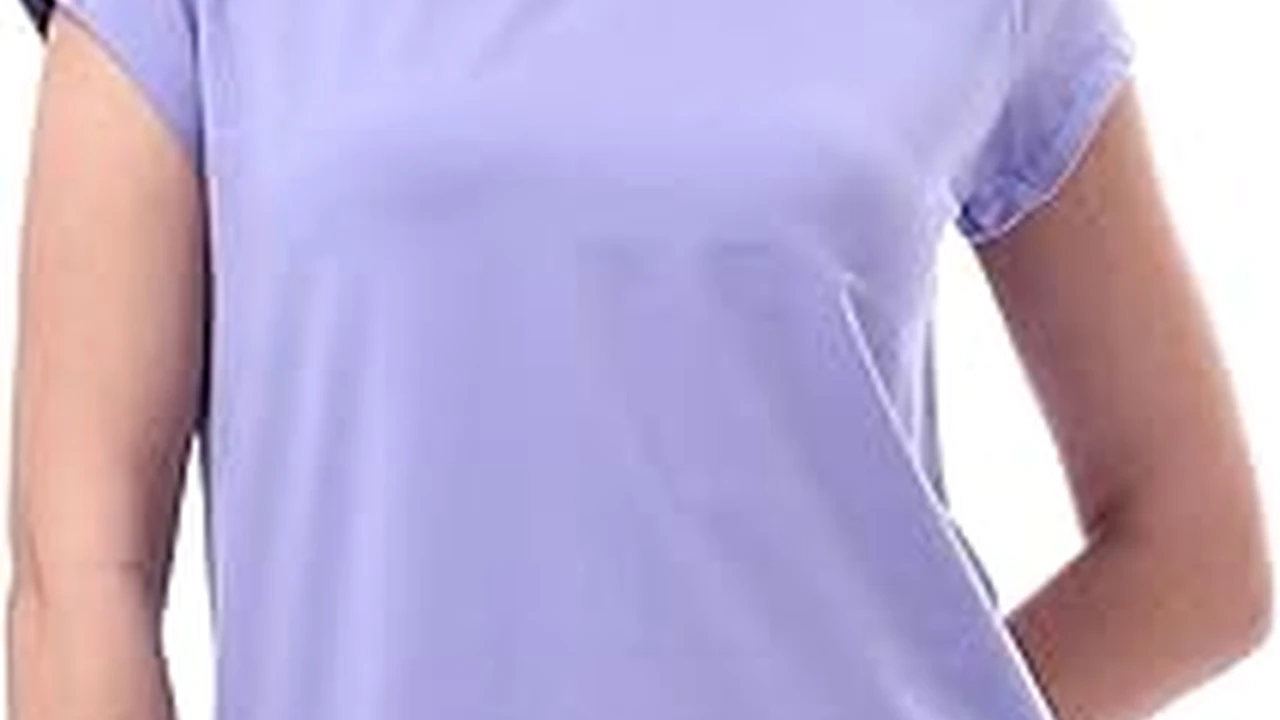
Leave a lasting impression with best practices for following up after a job interview. Reinforce your interest and professionalism.
Best Practices for Following Up After a Job Interview
So, you’ve just wrapped up a job interview. You’ve answered all their questions, perhaps even asked a few insightful ones yourself, and now you’re in that limbo period. What’s next? For many, it’s a waiting game, but for savvy job seekers, it’s an opportunity to solidify their candidacy. Following up after a job interview isn't just a polite gesture; it's a strategic move that can significantly boost your chances of landing the role. It shows professionalism, enthusiasm, and attention to detail – qualities every employer values. But how do you do it effectively? Let's dive into the best practices, including specific product recommendations and scenarios to help you master the art of the post-interview follow-up.
Why Following Up is Crucial for Your Job Search Success
Think about it: hiring managers often interview multiple candidates for a single position. Your interview might have been great, but without a follow-up, you risk fading into the background. A well-crafted follow-up email or note serves several key purposes. Firstly, it reiterates your interest in the position and the company. Secondly, it allows you to thank the interviewer for their time, which is a simple yet powerful act of courtesy. Thirdly, it provides an opportunity to re-emphasize key qualifications or clarify any points from the interview. Finally, it demonstrates your communication skills and professionalism, setting you apart from candidates who don't bother to follow up.
Crafting the Perfect Thank You Email After Your Interview
The thank-you email is your primary tool for post-interview follow-up. It should be sent within 24 hours of your interview. This shows promptness and keeps you fresh in the interviewer's mind. But what should it contain?
Personalizing Your Interview Follow-Up Message
Avoid generic templates. Each thank-you email should be personalized to the interviewer and the specific conversation you had. Mention something specific you discussed – a project, a challenge, or a shared interest. This demonstrates that you were engaged and listening. For example, instead of just saying, 'Thank you for your time,' try, 'Thank you for taking the time to discuss the Marketing Coordinator role. I particularly enjoyed learning about your team's recent success with the Q3 social media campaign, and I'm confident my experience in content creation would be a great asset.' If you interviewed with multiple people, send a separate, personalized email to each interviewer. This might seem like a lot of work, but it makes a huge difference.
Key Elements of an Effective Thank You Email for Job Seekers
Your thank-you email should typically include:
- A clear subject line: Something like 'Thank You - [Your Name] - [Job Title]' works well.
- A polite greeting: Address the interviewer by name.
- Express gratitude: Thank them for their time and the opportunity.
- Reiterate interest: Clearly state your continued enthusiasm for the role.
- Connect your skills to the role: Briefly mention how your qualifications align with the job requirements, perhaps referencing a specific point from the interview.
- Offer further information: Invite them to contact you if they need anything else.
- Professional closing: 'Sincerely' or 'Best regards' followed by your name.
When to Send a Follow-Up Email and What to Expect
Timing is everything. As mentioned, within 24 hours is ideal for the initial thank-you. But what if you don't hear back? It's perfectly acceptable to send a second follow-up email if you haven't heard anything within the timeframe they provided (e.g., 'We'll be in touch within a week'). If they didn't provide a timeframe, wait about a week to 10 days after your initial thank-you. This second email should be brief and polite, simply reiterating your interest and asking about the status of your application. Avoid being pushy or demanding.
Tools and Platforms for Professional Email Communication
While most people use standard email clients, ensuring your email looks professional is key. Here are some considerations:
- Gmail/Outlook: These are standard and generally reliable. Ensure your email address is professional (e.g., firstname.lastname@gmail.com, not 'partyanimal2000@hotmail.com').
- Grammarly (Free/Premium): This is an absolute must-have. It catches grammar, spelling, and even stylistic errors. For a thank-you email, precision is paramount. The free version is great for basic checks, while Premium offers more in-depth suggestions for clarity and tone.
- Boomerang for Gmail (Free/Paid): If you want to schedule your thank-you email to arrive at a specific time (e.g., first thing in the morning), Boomerang is a fantastic tool. It also offers 'read receipts' (though use these sparingly, as they can sometimes come across as intrusive).
- Hunter.io (Free/Paid): If you don't have the interviewer's direct email, Hunter.io can help you find it based on the company's domain. This is useful if you only have a generic HR email.
Beyond the Email: Other Follow-Up Strategies for Job Candidates
While email is the most common and often preferred method, there are other ways to follow up, depending on the industry and your relationship with the interviewer.
Leveraging LinkedIn for Post-Interview Engagement
Connecting on LinkedIn after an interview is a great way to stay on their radar. Send a personalized connection request, referencing your interview. For example, 'It was a pleasure speaking with you today about the [Job Title] role. I enjoyed our discussion on [specific topic]. I'd love to connect here.' This expands your professional network and allows them to see your full professional profile. However, don't use LinkedIn as a substitute for the thank-you email; it's a supplementary tool.
The Power of a Handwritten Thank You Note (When Appropriate)
In some more traditional industries or for very senior roles, a handwritten thank-you note can leave a powerful impression. It shows an extra level of effort and thoughtfulness. However, be mindful of timing – a handwritten note will take longer to arrive. If you choose this route, still send a brief thank-you email within 24 hours, mentioning that a formal note will follow. This covers your bases. For a handwritten note, a simple, elegant card is sufficient. You can find packs of professional thank-you cards at stationery stores or online. For example, a pack of Crane & Co. Correspondence Cards (around $20-30 for 10) offers a classic, high-quality feel, or more affordable options like Amazon Basics Thank You Cards (around $10 for 50) are perfectly fine for a professional touch.
Common Follow-Up Mistakes to Avoid in Your Job Application Process
Just as there are best practices, there are also pitfalls to avoid. Making these mistakes can undo all the good work you did in the interview.
Being Too Persistent or Demanding in Your Follow-Ups
There's a fine line between persistence and annoyance. Sending multiple emails or calling repeatedly will likely hurt your chances. Stick to the recommended timeline (initial email within 24 hours, second follow-up after a week to 10 days if no response). If they say they'll get back to you by a certain date, respect that. If that date passes, then a polite follow-up is warranted.
Generic Messages and Lack of Personalization
As mentioned, generic messages scream 'I copied and pasted this.' Interviewers can spot them a mile away. Always personalize your messages. Referencing specific points from your conversation shows genuine interest and engagement.
Grammar and Spelling Errors in Your Communication
This is a big one. A thank-you email riddled with typos or grammatical errors can undermine your professionalism. Always proofread meticulously. Use tools like Grammarly, or even better, ask a friend or family member to read it over before you send it. It's a small detail that makes a huge impact on your perceived attention to detail.
Specific Scenarios and How to Handle Them in Your Follow-Up
Not every interview is straightforward. Here are a few common scenarios and how to adapt your follow-up strategy.
Following Up After a Panel Interview or Group Interview
If you interviewed with multiple people, try to send a personalized thank-you email to each person you spoke with. If you don't have all their email addresses, send a general thank-you to the main contact person (e.g., the hiring manager or HR representative) and ask them to extend your thanks to the rest of the panel. In this email, you can briefly mention something you discussed with each panel member if you remember it.
No Response After Your Initial Interview Follow-Up
It happens. If you haven't heard back after a week to 10 days from your initial thank-you, send a polite, brief follow-up. Reiterate your interest and ask if there's any update on the hiring timeline. For example: 'Dear [Interviewer Name], I hope this email finds you well. I wanted to follow up on my application for the [Job Title] position and our interview on [Date]. I truly enjoyed learning more about the role and remain very interested in the opportunity. Could you please provide an update on the hiring timeline? Thank you again for your time. Best regards, [Your Name].'
Withdrawing Your Application Gracefully After an Interview
Sometimes, you might decide the role isn't for you, or you accept another offer. It's professional courtesy to inform the company. Send a polite email stating that you are withdrawing your application and thank them for their time and consideration. For example: 'Dear [Interviewer Name], Thank you again for taking the time to interview me for the [Job Title] position on [Date]. While I truly appreciate the opportunity, I have decided to withdraw my application at this time. I wish you and [Company Name] all the best in finding the right candidate. Sincerely, [Your Name].'
Maintaining Professionalism Throughout the Hiring Process
Your follow-up is an extension of your interview. It's your last chance to make a positive impression before a decision is made. By being prompt, personalized, and professional, you not only demonstrate your suitability for the role but also leave a lasting positive impression, regardless of the outcome. Remember, the professional world is smaller than you think, and maintaining good relationships can open doors in the future. So, take that extra step, craft that perfect follow-up, and set yourself up for success!
:max_bytes(150000):strip_icc()/277019-baked-pork-chops-with-cream-of-mushroom-soup-DDMFS-beauty-4x3-BG-7505-5762b731cf30447d9cbbbbbf387beafa.jpg)



